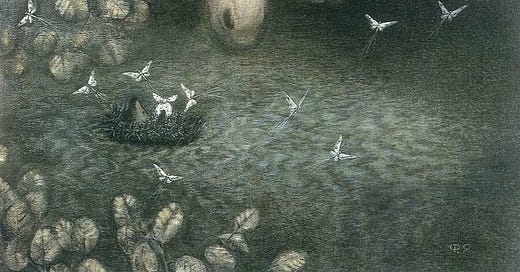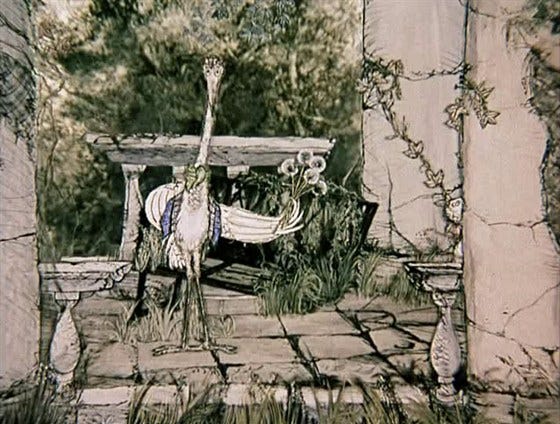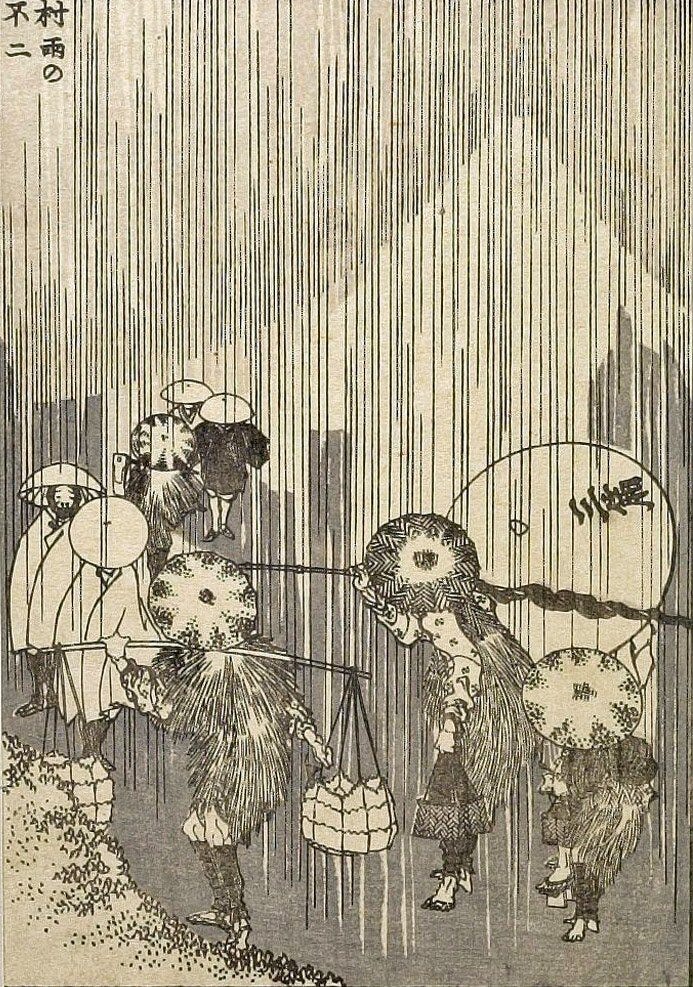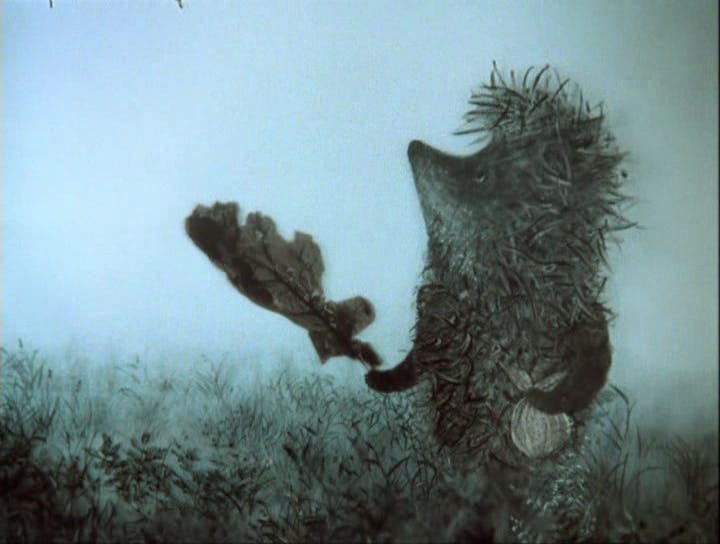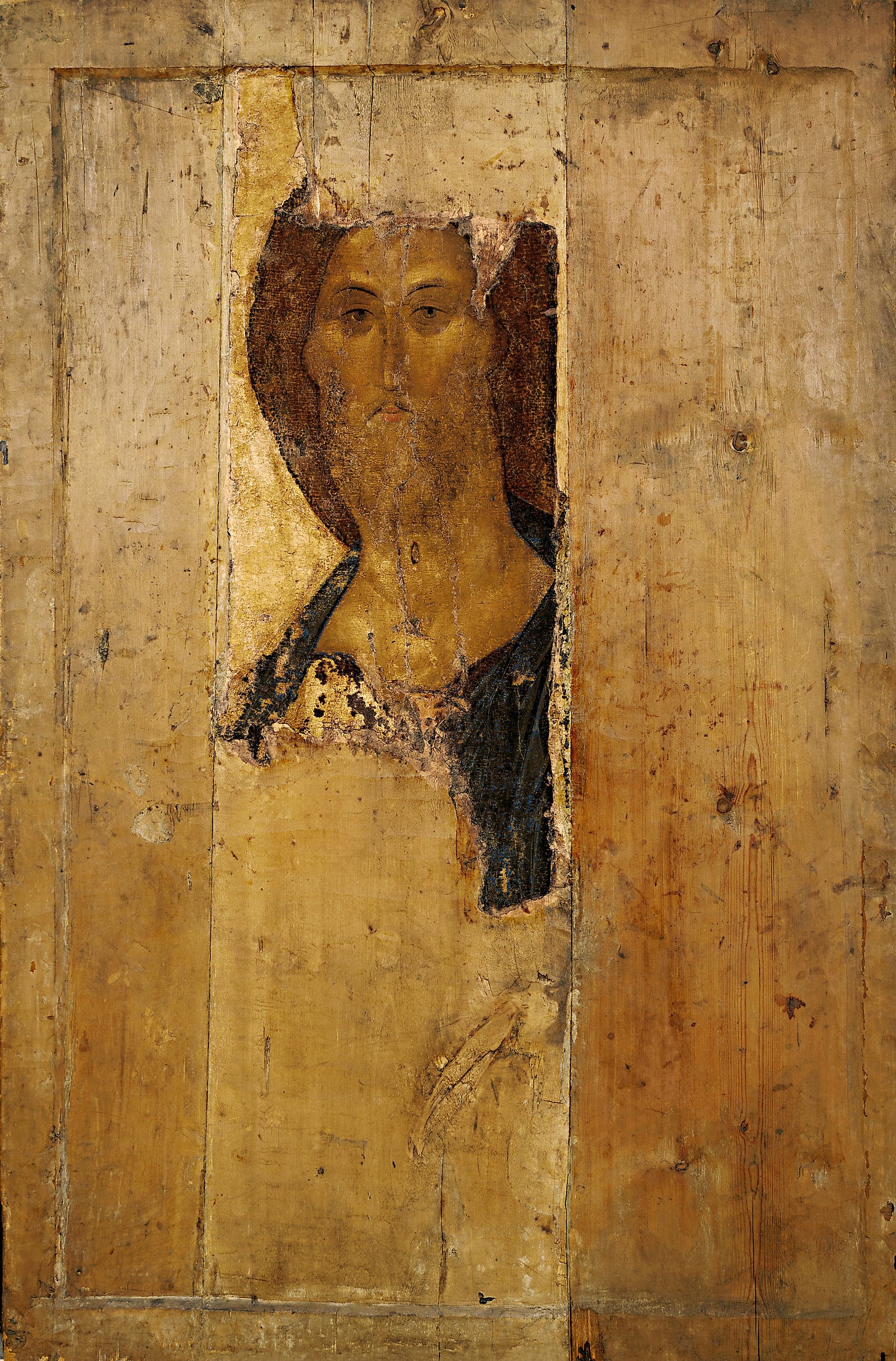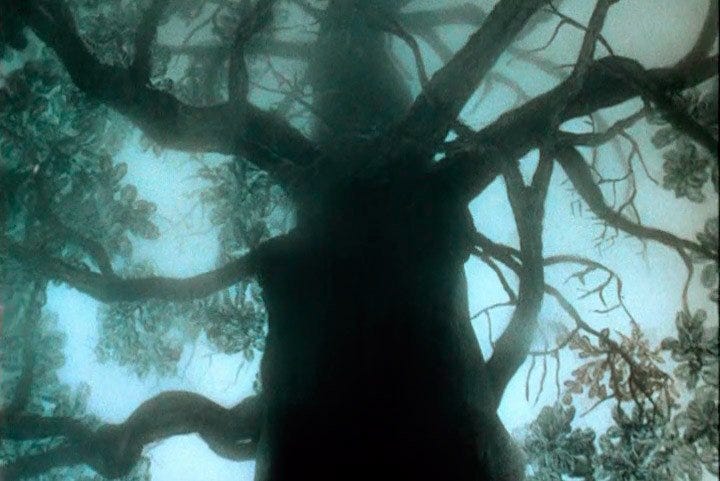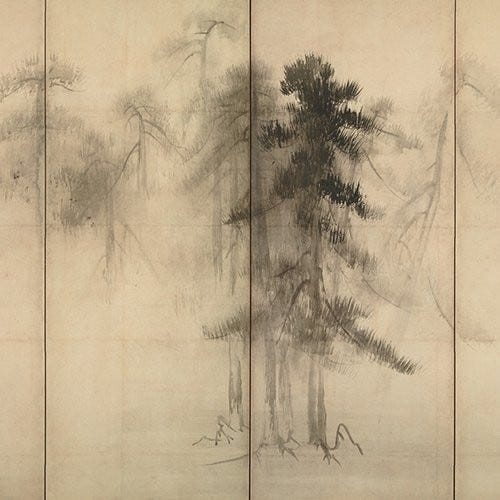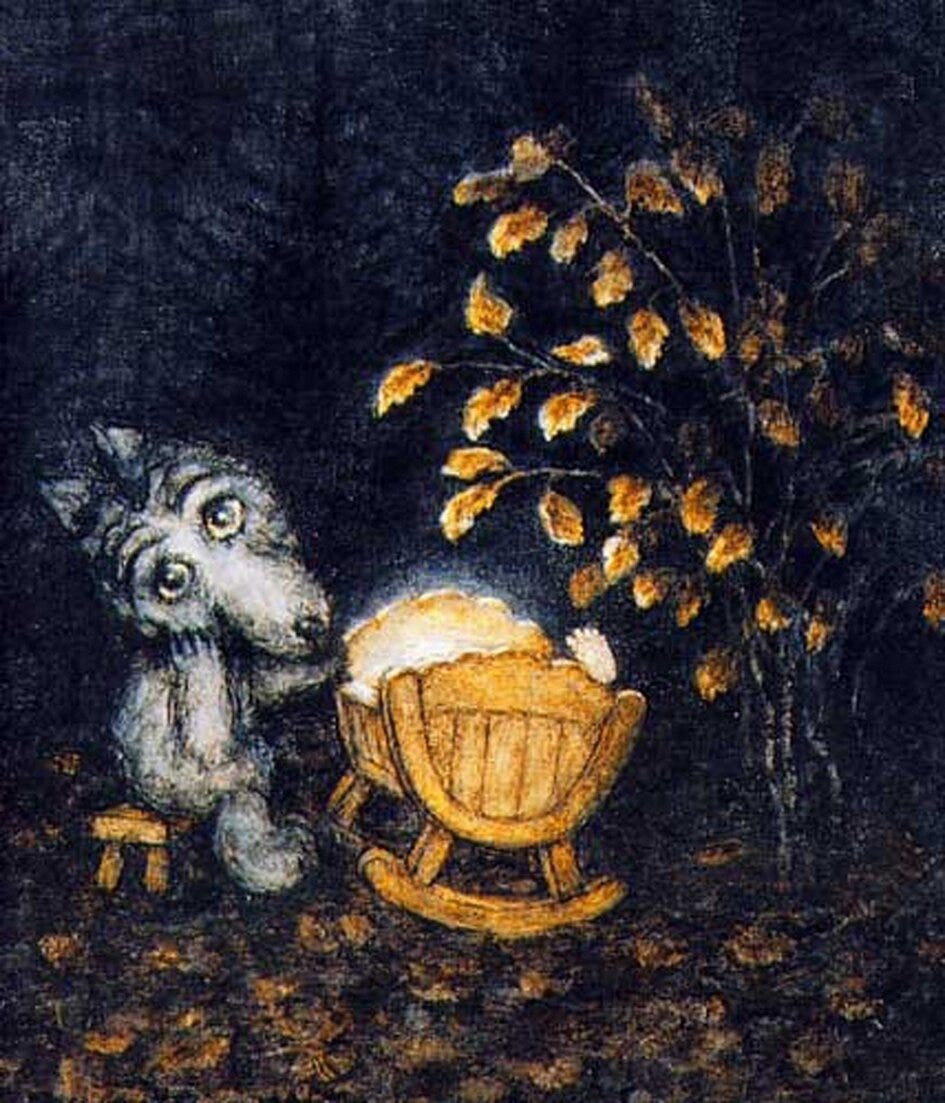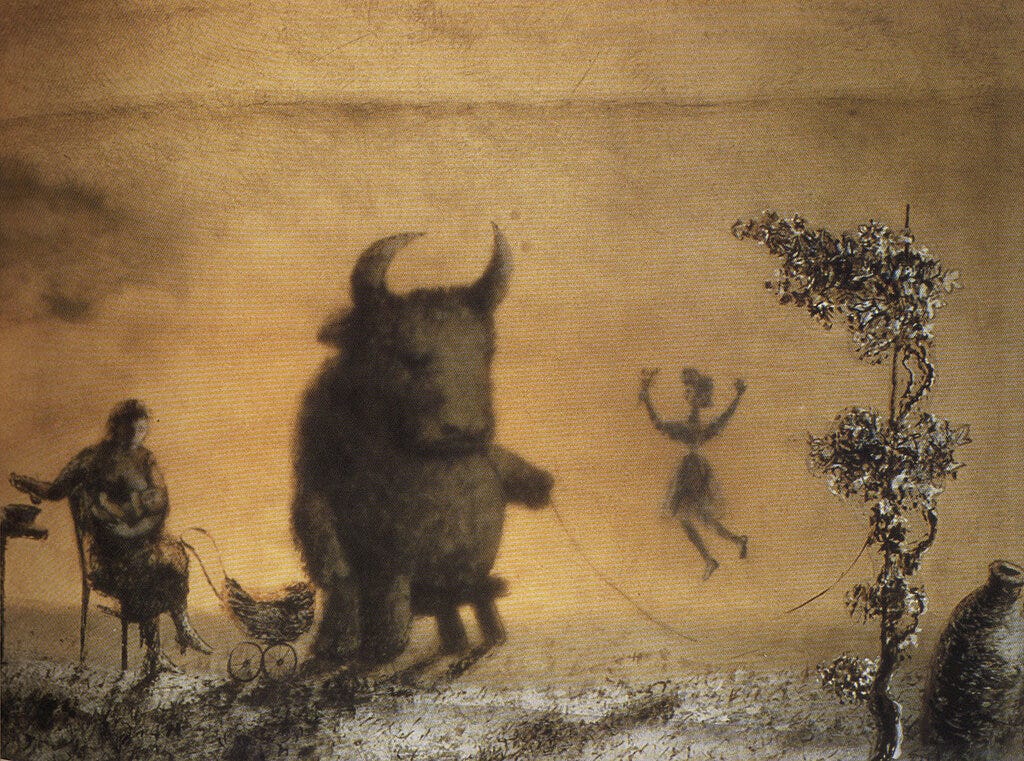The Soviet animated films
that changed the world of a child. It's gonna be a long letter today.
Once I discussed with my Russian students some challenges of the society and somehow we started talking about the animated films [мультипликационный фильм = мультфильм] that are supposed to be for children. However one of my students wondered how a child can be happy after watching it… Ну [well], I assume the generation grown on таких мультфильмах is rather counscious than those watched Peppa Pig.
It’s not that gloomy nor pessimistic. It teaches us to revel a moment and to be humble.
A while ago I wrote a little post on one of my favourite советских мультфильмов “Hedgehog in the Fog”. While watching it, you can do a task and learn some new phrases.
Let’s begin with “Heron and Crane” (1974).
I’ve found one with English subtitles but in poor quality. So it’s better to find in a better quality, and, perhaps, here is one.
The film has a few comprehension levels (as every other that Yury Norshtain created). One of the levels demonstrates two creatures in love. At the same time both want to show their superiority ending up in complete solitude. Yuri Norshtain used a parable on love emphasizing what human nature is about…
There is one scene where небо пришито [=stitched] струями дождя к земле. While Norshtain работал над мультфильмом, he изучал работы [=studied the works of] Hokusai.
The talk with the Russian students was about “Hedgehog in the Fog” (1975). They don’t know how it could be drawn for children. When you see how the hedgehog [=ёжик] runs from one beast to another, how he is about to be drawn or killed, it beats us whether to let a child of 6 years watch it. Но подумай… What do you see сперва [=at first]? Ёжик хочет навестить [=pay a visit] своего друга the bear [=медведь]. He is thinking about what they will do together and how yammy the raspberry jam is in his bag…
It happens ёжик is lost and on his route come across the White Horse, the Owl, and the Dog, and many more… At some degree it reminds of The Dante’s Hell. Norshtein said “Это история о том, как наше привычное состояние внезапно может перейти в катастрофическое под воздействием каких-то обстоятельств, о которых мы не подозреваем”. The story is about how one is growing, having bumped into something unknown. The wandering of the main character look like he is somewhere but not in the real world. Also it’s not strange if you consider the river as the Leto river after such thoughs… Just then our ёжик because our guide.
Why ёжик looks like how we see him? Norshtein with his spouse used the image of Jesus that was made by Andrei Rublyov.
When the hedgehog is gazing serenely at the high tree, you may notice how real it is… the artist uses such an effect (adding the photography or videos) in his works. Although here it is made by hands and…
…looks exactly like Hasegawa Tōhaku paintings.
Each of his works is a masterpiece, however an icing on the cake is “The Tale of Tales” (1979). He collected the essential figures, events and details accelerated and developed History. Norshtein’s animated film, hence, is like a film of Tarkovsky “Mirror”. You witness the artists’ memories and, rather broadly, the cites coming from the generations.
Norshtain says that “О чём сказка сказок? О простых понятиях, дающих силу жить”. It’s about search inspiration, желании воскресить дорогие сердцу воспоминания [=wish of relive most cherished memories], and a mature view’s of child’s fears (because the little wolf instead of being a monster becomes a caring friend).
Also, he made an animated film influenced by the Russian Icons — “The Battle of Kerzhenets” (1971).
Norshtein uses classical music, Russian lullaby and contemporary songs…
I mean, he is genius. One more thing I’d like to add is one of the recent videos where he appeared. Listen to him, eventhough you might not catch something, you may use to the voice which is rather important. He is talking abot “The Tale of tales”.
Надеюсь, письмо было интересным и ты посмотришь эти мультики.
До следующего письма! :)

